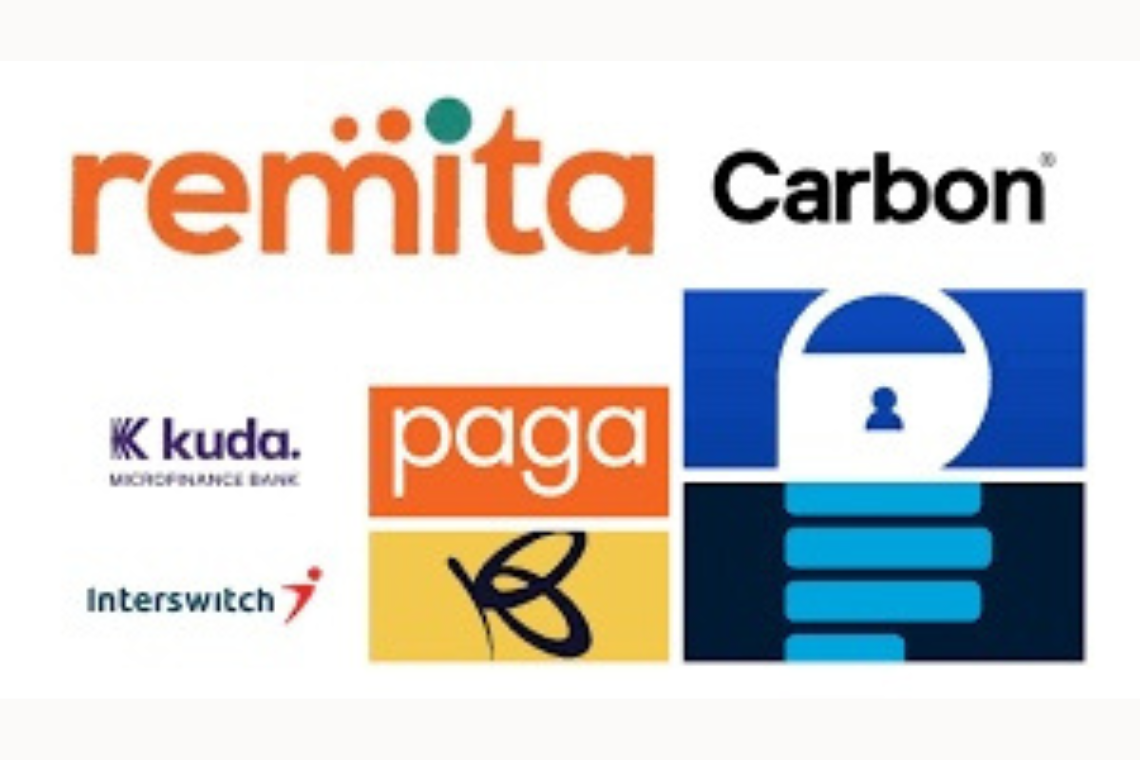The introduction of novel concepts by fintech companies has given breathing room to hard-to-reach areas that were previously cut off from the traditional banking sector.
Fintechs are promoting financial inclusion strategies, according to Adekunle Adebiyi, Chief Commercial Officer at Itex Integrated Services Ltd.
With fintechs, services that focus on rural distribution can help reach more unbanked Nigerians. According to him, “Fintechs work with traditional banks to improve the sustainability and accessibility of the services they offer to the public. Because of this, distribution is crucial if we are to reach Nigerians without bank accounts. Rural areas, where more unbanked people reside, must become the focus instead of metropolitan and semi-urban areas. As a country, we have made progress toward financial inclusion, but if we are to meet our goal, we must use financial technology.”
As a result of banks’ efforts to reduce operating expenses by closing ATMs and branches in favor of encouraging more consumers to use mobile banking, rural regions continue to suffer.
However, just 40% of persons who live in rural areas have access to smartphones and have no official bank accounts. PoS terminals and mobile money agents, which are expanding thankfully, offer financial services and, in some situations, operate as an intermediary through whom the unbanked can open tier 1 bank accounts requiring only passport photos.
It was important to understand that traditional banking and fintech were both sides of the same coin. “Traditional banking and financial technology are not on either side of the divide; I see a convergence. Fintech is about using technology to enhance the process of financing, making it easier, accessible and sustainable. For example, Itex has made buying electric bills easier; with a mobile device you can top up and pay for power without leaving the comfort of your home, that’s the effect of financial technology.”
Despite having the largest economy in Africa and being the home to five of the continent’s seven unicorns, Nigeria’s target for financial inclusion, as stated in the National Financial Inclusion Strategy (Revised) in 2018, had a goal of reaching 80% financial inclusion by the year 2020, but only 64% of Nigerian adults were financially included by that time.
Nigeria was one of seven countries that contributed to half of the world’s unbanked population, according to the World Bank’s 2021 Global Findex. Despite the fact that the gap between those with bank accounts and those without them has been shrinking since 2011, it was anticipated that there will be 38 million financially excluded people in Nigeria by the end of 2021.
Given that 47.25 percent of Nigeria’s population lives in rural regions and cannot access effective financial services because the majority of traditional banks do not have substantial branch networks, these statistics are not surprising. However, because to the growth of fintech and agent banking in the financial industry, Nigeria is steadily closing the gap between the banked and unbanked population, and the Central Bank of Nigeria’s aim of financial inclusion no longer seems like a pipe dream.
Digital financial transactions grew by 325 percent to 704.04 trillion in 2020 from 165.8 trillion in 2019 after the COVID-19 epidemic. The amount of financial transactions in a month has achieved an all-time high, totaling 238.7 trillion, according to NIBSS data as of August 2022. The CBN’s cashless policy may have Nigerians’ backing, but it does not mean that the unbanked have more access to these financial services. Fintech is essential in Nigeria’s efforts to attain financial inclusion as a result.
By 2040, the Central Bank of Nigeria wants to have 95% of the population financially included. The estimate is not nearly as unrealistic as it may have looked years ago thanks to innovations driven by fintech, an increase in mobile money providers, the recent improvement in Nigeria’s financial inclusion rate, and collaboration among stakeholders.







